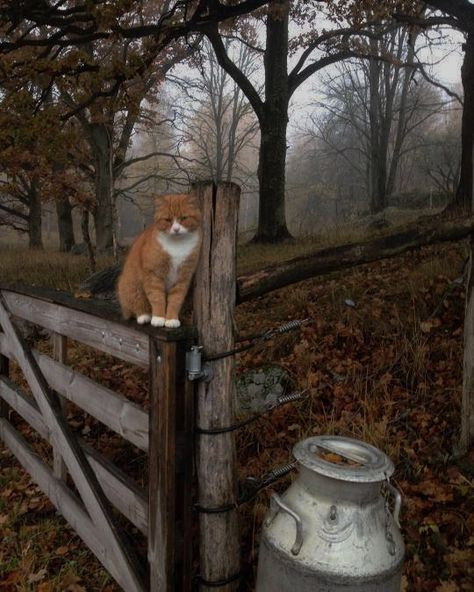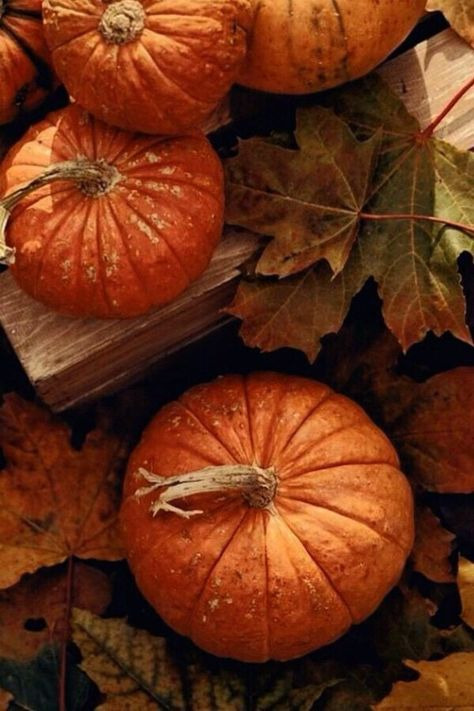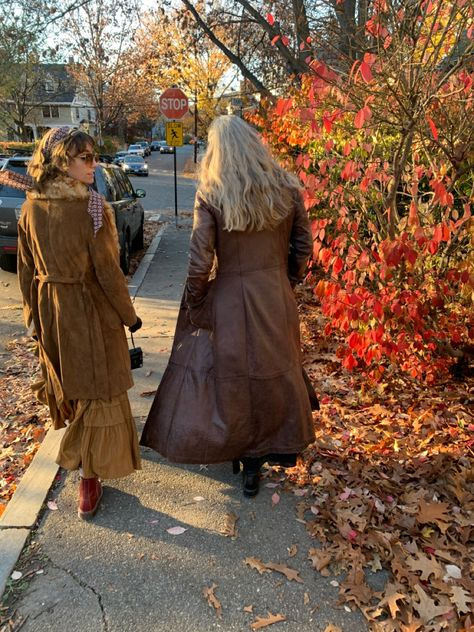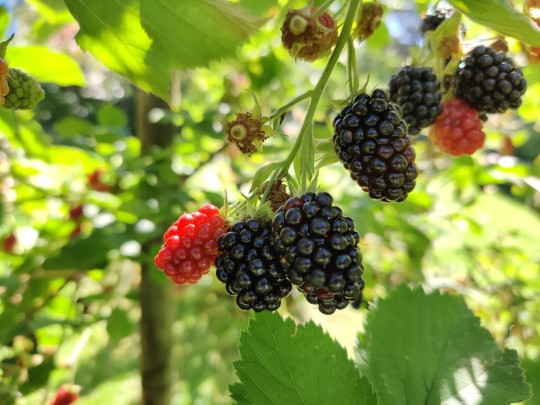#green harvest
Explore tagged Tumblr posts
Text



Nothing mourns like a Stand that failed
[Standverse AU]
#jjba#stands#hierophant green#sticky fingers#jojos bizarre adventure#jjba stands#jjba part 3#jjba part 4#jjba part 5#harvest#shigechi#bucciarati#kakyoin#jjba fanart#art#arrt#standverse#standverse au
4K notes
·
View notes
Text









Blessed Mabon witches
#witchy#witchy things#witchyvibes#witches#witch#whimsigoth#whimsigothic#witchythings#whimsical#witchcraft#witch aesthetic#witch community#witchcraft community#witches of tumblr#magick#pagan#wheel of the year#moodboard#green witch#green witchcraft#harvest#harvest season#harvest festival#mabon#autumn#mabon sabbat#mabon altar#autumn equinox#mabon aesthetic#blessed mabon
2K notes
·
View notes
Text




Y'all go play Great God Grove, the game with funky great gods, including Cobigail! (The one that does not drink blood)
#my art#great god grove#ggg cobigail#thespius green#huzzle mug#this god of harvest is harvesting my heart y'all#I love her I love this game#THE!!!!CHARACTERS!!!!
436 notes
·
View notes
Text
my personal experience with this game
#I RARELY GET SMITTEN WITH FICTIONAL CHARACTERS#DEADASS#but this game i swear to god#all it took was a passionate god of love#and silly god of harvest#great god grove#ggg#thespius green#cobigail#king ggg#miss mitternacht#bauhauzzo#huzzle mug#inspekta#click clack#shitpost
562 notes
·
View notes
Photo

~ Red | Yellow | Green ~
320 notes
·
View notes
Text


#cottagecore#naturecore#nature#fairycore#warmcore#green#summer#farmcore#berries#blackberries#berry harvest#harvest#garden#gardencore
946 notes
·
View notes
Text



harvesting potatoes | source
#talos gifs#stim gifs#stim#nature stim#nature#hands free#garden#gardening#farming#farmcore#potatoes#harvesting#dirt#green#brown#gif ids#id in alt
85 notes
·
View notes
Text

#természet#nature#tök#pumpkin#ősz#autumn#cottagecore#boszorkány#witch#zöld boszorkány#green witch#aratás#harvest#zöld#green#föld színek#earth tones
90 notes
·
View notes
Text


Colouring Tomatoes.
#Tomato#Fruit#Colors#Colours#Garden#Gardencore#Gardening#Ripen#Harvest#Grandmacore#Warmcore#Softcore#Cozy#Cozycore#Dirtcore#Nature#Naturecore#Plants#Plantcore#Plantblr#Photography#Tasty#Food#Red#Green
66 notes
·
View notes
Text

#insect#ant#harvester ant#sunflower#photographers on tumblr#textless#amadee ricketts#leaf#face#eye#macro#green#summer#august#arizona#seed head
40 notes
·
View notes
Text



#farm#every day#food#nature#photography#my photography#my photos#vegetables#green#farming#agriculture#plant#plants#greenvegetables#vegetables green#sun#cultivate#harvest#harvest season#harvest seasons#beans#bean#healthy food#nature photography#farm photography#garden#plantlife#gardening#organic#countryside
56 notes
·
View notes
Text
How I Get the Most Out of Meat When Cooking

As someone who 1.) was 100% vegetarian for ethical/religious reasons until very recently, and 2.) recently had to reintroduce meat for vitamin deficiency reasons, limiting waste as much as possible when I cook with meat is really important to me. For one thing, I feel like I owe it to the animal that died to get as much use as possible out of its body as a way of honoring its death. For another, meat is expensive (ethically raised meat even more so) and I want to get my money's worth.
I recently bought a bunch of lamb for my family's holiday dinner, so I wanted to share my attempt to practice the Honorable Harvest in my meat consumption. This is new to me, but I wanted to document the attempt because it's been a fun learning process for me! If you want to actually learn about honorable consumption I encourage you to read the works of Robin Wall Kimmerer and other indigenous ecologists, since the Honorable Harvest is based on indigenous North American practices. (Though there are other cultural practices all over the world.)
Step One: Sourcing the Meat
I am very fortunate to have enough disposable income to buy ethically raised meat, which tends to be more expensive. This is a privilege. Other people are not able to spend this extra money on their meat, and that doesn't make me better than them. Feeding yourself is morally neutral, and a tight budget is not a moral failing. Most meat alternative products (Beyond Beef, Impossible, etc.) are also pretty expensive. If the factory-farmed meat at the supermarket is the only thing in your budget, use that.
If you DO have some extra funds, local farms are a great place to source meat. The reason we had lamb for the holidays is because a local farm recently culled their herd and had lamb on sale. In the past we've gotten beef from a relative who raises cattle. I encourage you to learn about farms in your area and what they have to offer. CSAs and farmers' markets are great places to start. You can also ask around at local restaurants about where they source their ingredients.
When I say "ethically raised meat," what I'm really talking about is pasture-raised animals. Cage-free animals may not live in cages, but they can still be kept in cramped, dirty, inhumane conditions and be sold as "cage free." Pasture-raised animals are able to graze and forage and generally wander around within a paddock. For some animals like chickens you can also look for "free range," which means the animals are unfenced and are able to wander freely. Since I don't cook meat often, I try to get free range or pasture-raised meat when I do buy it.
In some areas, you may also be able to find certified ethically slaughtered meat, which means the slaughtering process has been designed to cause as little suffering to the animal as possible. That kind of certification isn't really available where I live, but it might be for you!
And of course, hunting or fishing yourself is also an option. If you kill the animal yourself, you know exactly how it died and can take steps to limit suffering as much as possible. Hunting isn't a skillset I have, but if you do more power to you!
Step Two: Cooking the Meat
This is the easy part. Depending on the cut of meat you got and the dish you are cooking, you may need to remove bones or trim fat, but aside from that it's just following a recipe.
For our holiday lamb stew, I used this recipe. I have Celiac disease, so I subbed gluten-free flour and replaced the beer with red wine. I also added rosemary and garlic for a more Mediterranean flavor to compliment the wine.
Step Three: Organs and Bones
This is where the breakdown is for a lot of Americans. We don't cook with bones or organs very often, and we tend to throw away whatever parts of the animal we don't want. That is not honorable consumption. Part of the Honorable Harvest is using every part of the being that died to feed you.
Most organs make great stew meat. My favorite Nicaraguan beef stew is made with tongue, and my indigenous Hawaiian relatives make stew with pig feet. And while I don't like them, lots of my Southern family members love chitlins (pickled pig intestines). Lots of cultures eat organs, and you'll find plenty of delicious recipes if you look!
Bones are typically used to make stock, which can be used as a base for future soups and stews. There are lots of recipes for DIY stocks and broths, but I usually fry some onions and/or garlic, deglaze with wine, and then add the meat/bones and the water, plus salt, pepper, and herbs for flavor. Most animal bones can produce two batches of stock before they lose flavor. (For really flavorful stock, leave some meat on the bones.)
Once the stock is done, you'll still have bones to deal with. Contrary to popular belief, cooked bones are not safe for dogs to chew on. (But raw bones usually are!) Instead, I strip any remaining meat and gristle from the stock bones, give those scraps to my pups as a treat, and then use the stripped bones for something else. With a little extra processing, the bones can be used as a fertilizer in a garden, a calcium supplement for chickens, or a safe treat for dogs and/or cats.
This was my first time processing bones, but after boiling them for, like, 12 hours in water with salt and vinegar, they were soft enough to break apart with my hands. I'm going to grind them to make bone meal.
#long post#cooking#the honorable harvest#robin wall kimmerer#sustainable cooking#sustainable#sustainability#animism#kitchen witch#kitchen witchcraft#kitchen witchery#green witch#green witchery#solarpunk#cottagecore#food waste#mine#my writing
338 notes
·
View notes
Text

An Irish harvesters dinner: an old woman in a field lying against a corn stack and having a meal of potatoes and buttermilk, 1900's - by William Alfred Green (1870–1958), Irish
161 notes
·
View notes
Photo

~ Red and Green ~
493 notes
·
View notes
Text
youtube
How the UN is Holding Back the Sahara Desert
Permaculture instructor Andrew Millison journeys with the UN World Food Programme to the Northern border of Senegal to see an innovative land recovery project within the Great Green Wall of Africa that is harvesting rainwater, increasing food security, and rehabilitating the ecosystem.
#solarpunk#senegal#niger#permaculture#great green wall#africa#landscape#rehabilitation#Great Green Wall of Africa#rainwater harvesting#Youtube
153 notes
·
View notes
Text






misc photo dump to pass the time


#ts4#ts4 gameplay#sims 4#sims 4 gameplay#the sims 4#the sims 4 gameplay#nsb2#gen one: onyx#oc: liah monedas#a beach cleaning club seems to go against everything Liah believes in#was tired of the slimy water moodlrt and the green ass water#liah lore#liah harvested the wild pineapples from around the island#she planted some on her land and now touts the harvest as pineapples with magical healing abilities to nonsuspecting tourist
48 notes
·
View notes